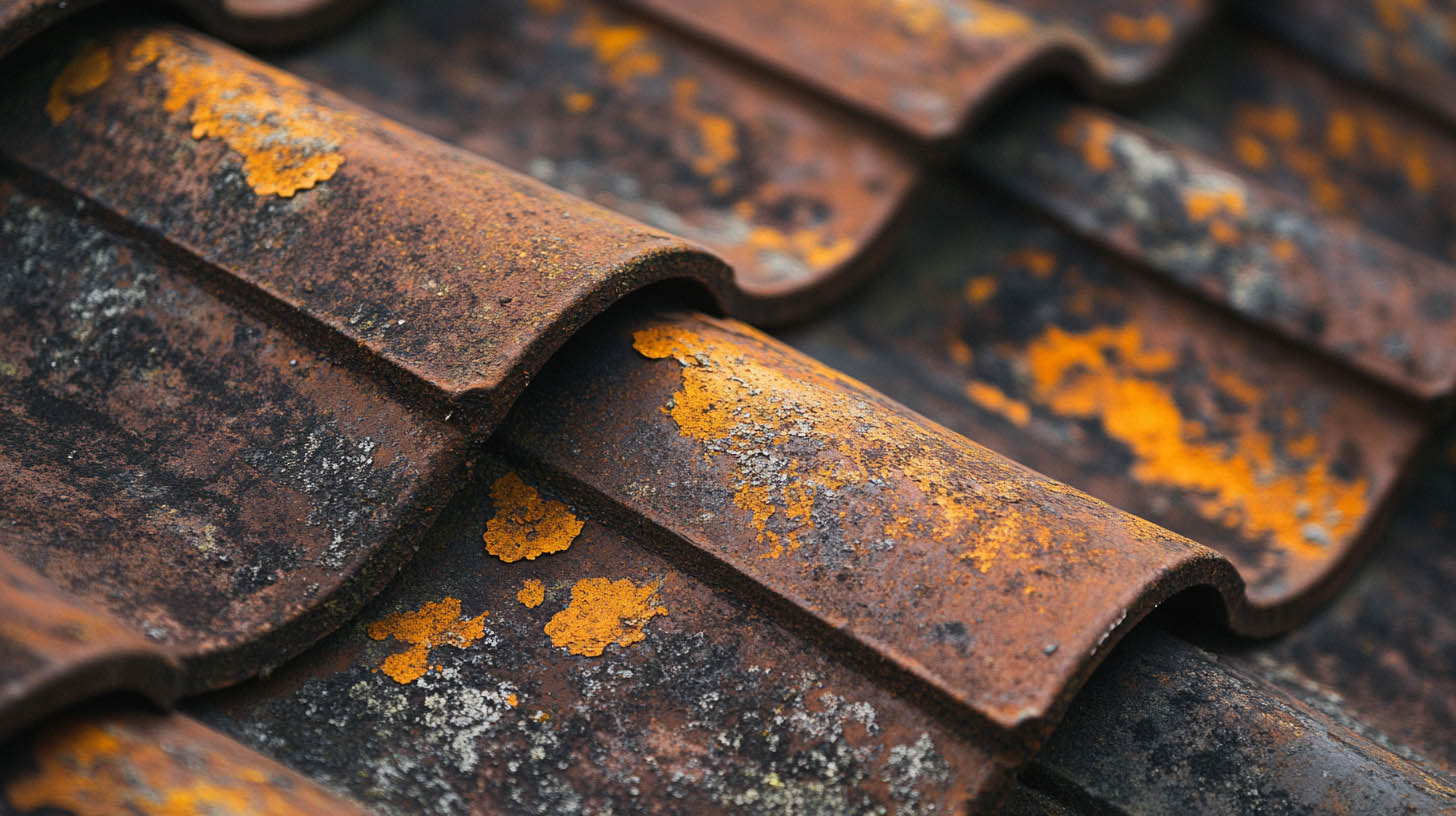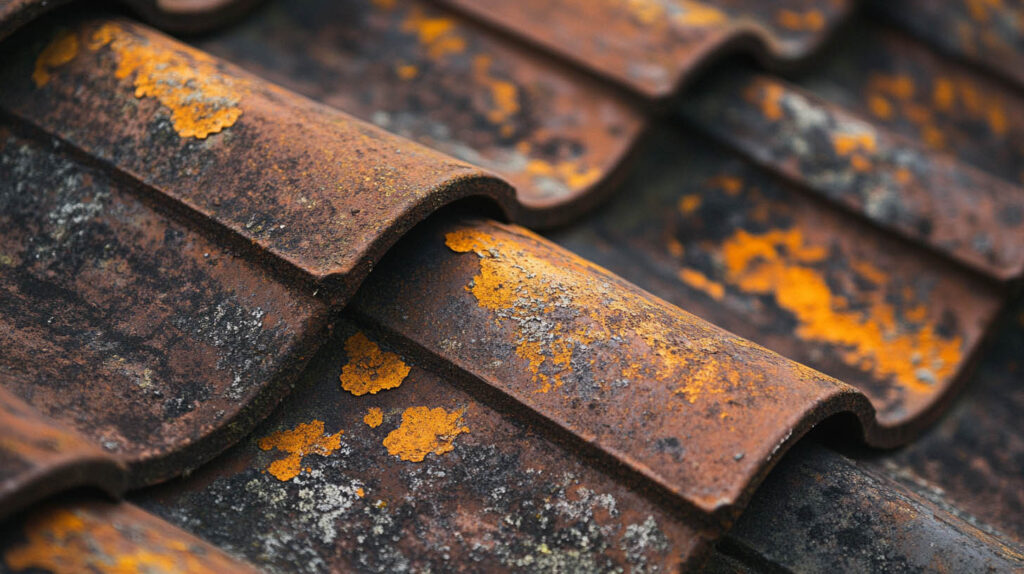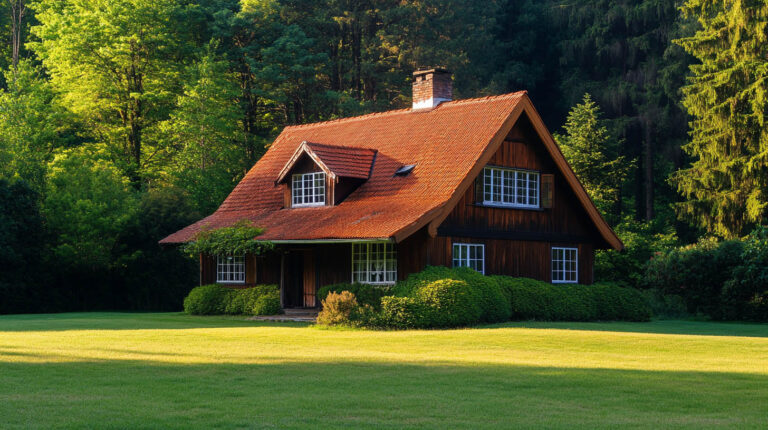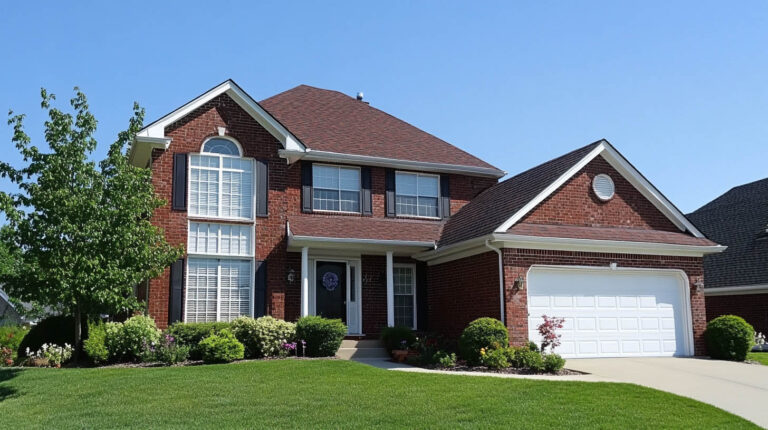
Blog
What Is Roof Flashing and Why Is It Important?
Roof flashing is an essential part of any roofing system, designed to protect vulnerable areas from water intrusion and maintain the roof’s integrity. Flashing is a waterproof barrier, often made of metal, that directs water away from key joints and areas where different roof sections meet, such as around chimneys, skylights, and valleys. By reinforcing these points, flashing helps prevent leaks that could lead to costly damage.
In Jacksonville, Avenue Roofing specializes in professional roof installation and flashing services, using high-quality materials to provide long-lasting protection. Here’s an in-depth look at what roof flashing is, the types available, and why it is a crucial investment for homeowners.

Key Areas for Roof Flashing Installation
Roof flashing is particularly important in areas of the roof where water tends to collect or where different sections join together, such as:
- Valleys: The areas where two roof slopes meet, creating a natural channel for rainwater.
- Chimneys and Skylights: Structures that penetrate the roof surface require flashing to seal gaps around their edges.
- Roof Edges and Corners: Flashing installed along edges helps prevent water from seeping under the roofing material.
- Vents and Pipes: Flashing around vents and pipes stops water from infiltrating through small gaps.
By strategically installing flashing in these areas, homeowners can significantly reduce the risk of leaks and other water-related damage.
Types of Roof Flashing
Roof flashing comes in various types, each designed to address specific roofing needs. Here are the most commonly used flashing types:
- Continuous Flashing: Also known as apron flashing, this type runs along walls or other large surfaces. It is typically a long, thin strip of metal that allows flexibility, accommodating the natural movement of the house structure.
- Base Flashing: Often used around chimneys or skylights, base flashing consists of two parts that work together to channel water down the roof rather than allowing it to pool.
- Counter Flashing: Installed over or opposite to base flashing, counter flashing provides an additional protective layer to prevent water from penetrating the roof surface.
- Step Flashing: Shaped in a 90-degree angle, step flashing is typically placed along the edges where the roof meets walls. This type directs water away from the wall, ensuring that water flows down to the gutters rather than seeping into the home.
Materials Used in Roof Flashing
Different metals are commonly used for flashing due to their durability, corrosion resistance, and water-resistant properties:
- Aluminum: Lightweight and easy to shape, aluminum is often treated to resist corrosion, making it suitable for roofing.
- Copper: Known for its durability and visual appeal, copper flashing is highly resistant to weathering but tends to patina over time.
- Steel: Galvanized steel is a popular choice due to its strength and resistance to corrosion, often used for its combination of longevity and aesthetic appeal.
Unique Fact: Steel flashing, when galvanized, can last up to 50 years, making it one of the most durable options for roof flashing.
Why Roof Flashing is Essential for Longevity
Flashing is more than a simple protective layer. By reinforcing the vulnerable sections of the roof, flashing helps prevent common problems associated with water damage, such as mold growth, insulation issues, and structural weakening. Without proper flashing, water can seep into the roof structure, potentially causing rot and deterioration over time.
Proper flashing also enhances energy efficiency by reducing moisture buildup, which can affect insulation performance. In turn, this keeps heating and cooling costs manageable.
For an overview of how roof replacements and upgrades can improve energy efficiency, visit this guide.
Professional Installation of Roof Flashing
While some homeowners may consider DIY flashing installation, it’s best left to professionals, as incorrect installation can lead to leaks and damage. Skilled roofers understand how to secure flashing without disrupting the integrity of surrounding roofing materials, providing a longer-lasting solution.
FAQs
1. Can I install roof flashing myself?
While DIY is possible, improper installation can result in leaks. Professional installation is recommended for lasting effectiveness.
2. How often should roof flashing be inspected?
Inspect flashing annually and after major storms, as damaged or worn flashing needs timely repair.
3. Is roof flashing included in new roof installations?
Yes, reputable roofers include flashing installation as part of new roof setups, as it’s essential for preventing leaks.
4. What material is best for flashing?
Steel is a common choice due to its durability, though copper and aluminum are also used for specific aesthetic and functional requirements.
5. Can roof flashing improve my home’s energy efficiency?
Yes, by preventing moisture buildup, flashing helps maintain effective insulation, keeping energy costs down.
Conclusion
Roof flashing is a critical element in any roofing system, designed to protect your home from water intrusion and enhance its durability. By investing in high-quality flashing materials and professional installation, homeowners can avoid common roofing issues and enjoy long-lasting protection.
To learn more about popular roof styles for Jacksonville homes, click here.



